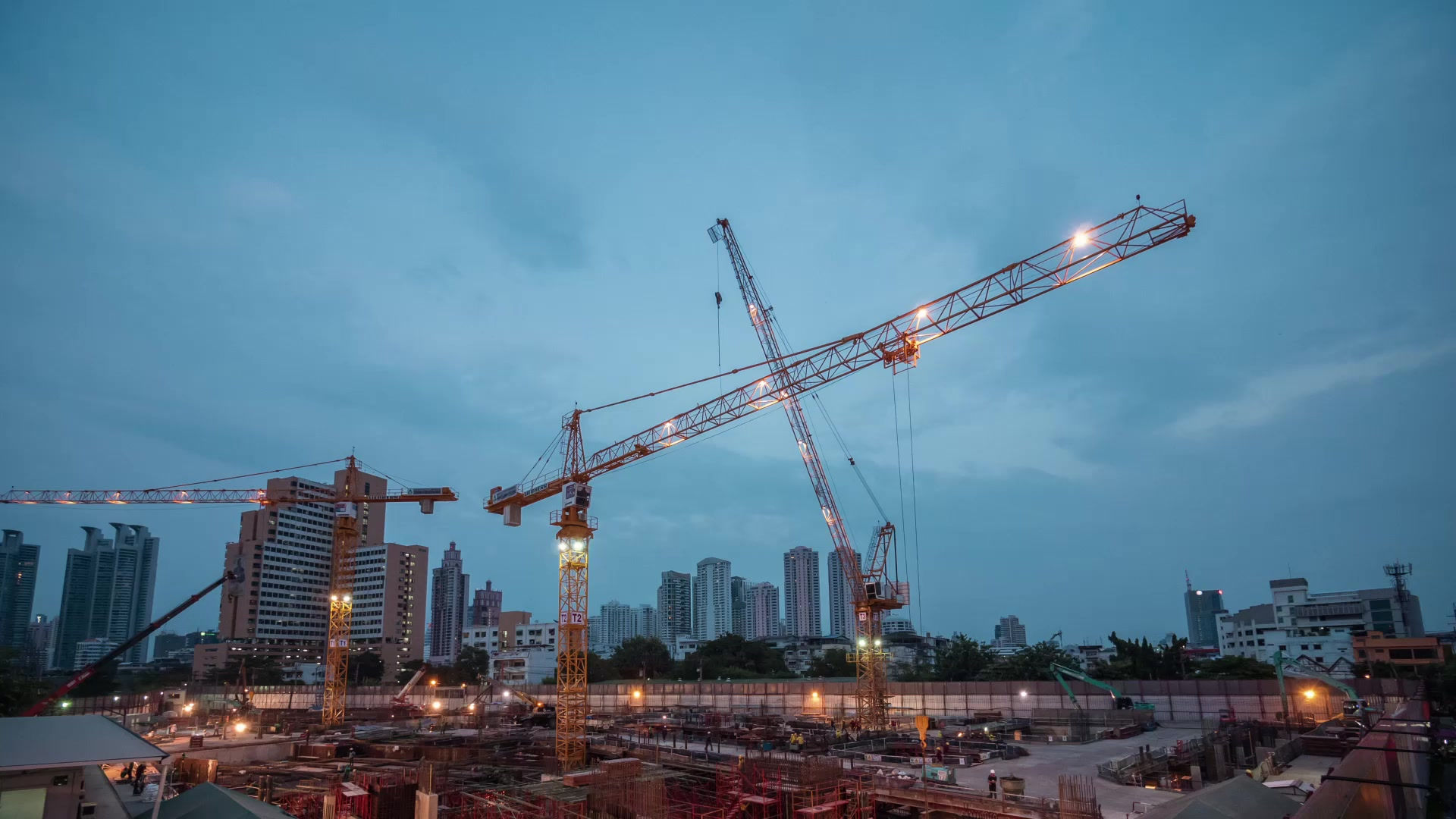UK Fire Stopping Regulations and Compliance: What You Need to Know
- Fire Defence Solutions

- Mar 4
- 4 min read

Fire stopping is a critical part of fire safety in buildings, ensuring that fire, smoke, and heat are contained within designated compartments to protect lives and property. In the UK, strict fire stopping regulations are in place to ensure that buildings are constructed and maintained to prevent fire from spreading through gaps in walls, floors, and service penetrations.
Failing to comply with fire stopping regulations can result in fines, legal action, or even imprisonment, making it essential for building owners, landlords, developers, and facilities managers to understand their responsibilities.
This guide outlines key UK fire stopping regulations, who is responsible for compliance, and how to ensure your building meets the required standards.
Key UK Fire Stopping Regulations
Fire stopping is governed by several regulations and standards that outline how buildings must be designed, built, and maintained to prevent the spread of fire.
1. Building Regulations 2010 (Approved Document B) 🏗️
What it covers:
Sets out fire resistance requirements for walls, floors, and service penetrations.
Requires fire-rated barriers to prevent fire from spreading between different parts of a building.
Mandates the use of certified fire stopping materials to seal gaps around pipes, ducts, and cables.
Who it applies to:
Developers and contractors (during the design and construction of new buildings).
Building control officers (ensuring buildings meet fire safety standards).
🚨 Failure to meet Building Regulations can result in:⚠️ Refusal of building approval.⚠️ Expensive remedial work.⚠️ Increased fire risk and liability.
2. Regulatory Reform (Fire Safety) Order 2005 🔥
What it covers:
Places legal responsibility for fire safety on the Responsible Person (building owner, employer, landlord, or facilities manager).
Requires regular fire risk assessments to identify and fix fire stopping breaches.
Mandates ongoing maintenance of fire stopping systems.
Who it applies to:
All non-domestic buildings, workplaces, and common areas of residential buildings.
Landlords, business owners, and facilities managers are legally required to ensure compliance.
🚨 Non-compliance can result in:⚠️ Heavy fines or legal prosecution.⚠️ Business closures or prohibition notices.⚠️ Up to two years' imprisonment in severe cases.
3. BS 476 & EN 1366: Fire Stopping Material Standards 🏗️
What it covers:
BS 476 (British Standard) – Defines fire resistance testing for building materials.
EN 1366 (European Standard) – Specifies fire resistance requirements for service penetrations, ducts, and joints.
Requires fire stopping products to be tested and certified to withstand fire for a specified time.
Who it applies to:
Manufacturers of fire stopping materials (ensuring compliance with fire safety testing).
Contractors and fire safety professionals (installing only certified fire stopping products).
🚨 Using uncertified or untested fire stopping products can result in:⚠️ Fire barriers failing in an emergency.⚠️ Increased risk of property damage and loss of life.⚠️ Non-compliance with fire safety regulations.
Who is Responsible for Fire Stopping Compliance?
According to the Regulatory Reform (Fire Safety) Order 2005, the "Responsible Person" in a building must ensure fire stopping is correctly installed, inspected, and maintained.
The Responsible Person could be:✔️ Building owners and landlords – Must ensure fire stopping measures are in place.✔️ Employers and business owners – Required to conduct fire risk assessments.✔️ Facilities managers – Must maintain fire barriers, dampers, and service penetrations.✔️ Developers and contractors – Must install fire stopping solutions during construction.
🔍 If you are responsible for fire safety, you must:✅ Carry out regular fire risk assessments.✅ Ensure fire stopping materials are tested and certified.✅ Arrange for inspections and maintenance by qualified professionals.✅ Keep records of all fire stopping measures and compliance checks.
🚨 Failure to comply can result in prosecution, fines, and even imprisonment.
How to Ensure Fire Stopping Compliance
To stay compliant with UK fire stopping regulations, follow these key steps:
1. Conduct Regular Fire Risk Assessments 🔍
A qualified fire risk assessor should inspect your property annually.
Ensure all service penetrations, walls, floors, and ceilings are correctly fire-stopped.
Identify and fix any breaches in compartmentation.
2. Use Certified Fire Stopping Products 🏗️
All fire stopping materials should comply with BS 476 and EN 1366 standards.
Only use tested and approved products, such as:
✔️ Intumescent sealants and coatings
✔️ Fire collars and wraps
✔️ Fire-resistant mortars and batts
3. Schedule Regular Inspections & Maintenance 🛠️
Fire stopping should be checked after any building modifications.
Conduct routine inspections of fire dampers, walls, and ceilings.
Repair any damaged or missing fire stopping materials immediately.
4. Ensure Proper Documentation 📄
Keep records of fire risk assessments, inspections, and certifications.
Ensure compliance with local building control and fire safety authorities.
Update fire safety plans whenever changes are made.
Conclusion: Is Your Building Fire Stopping Compliant?
Fire stopping compliance is not optional—it’s a legal requirement that helps protect lives, prevent fire spread, and ensure businesses stay operational.
🔍 Not sure if your building meets UK fire stopping regulations?📞 Contact Fire Defence Solutions for expert fire stopping installation, inspections, and compliance checks!




Comments